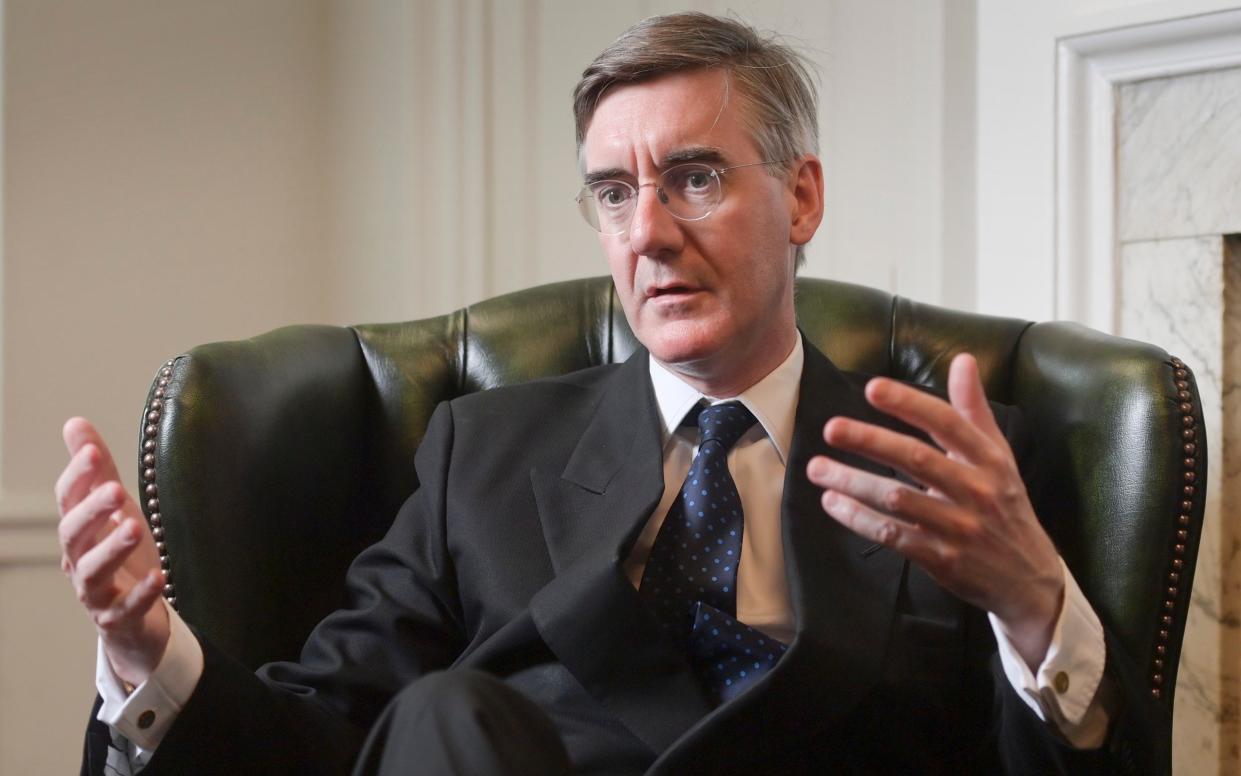Jacob Rees-Mogg’s department has more than doubled in size since Brexit

Jacob Rees-Mogg’s own department has more than doubled its workforce since Brexit, analysis by The Telegraph shows.
Two Whitehall departments, the Cabinet Office and the Department for Education, have seen the largest increase in staff since December 2015.
It comes amid plans to cut Civil Service jobs by 90,000 which would reduce the workforce to levels below those seen in the run-up to the Brexit vote.
Around 475,000 people worked across the government departments and their executive agencies in December 2021, up from 391,360 at the same point just months before the UK voted to leave the EU.
However, while much of the growth has been blamed on Brexit, all departments, regardless of their link to the vote, have increased in size over the period.
The Cabinet Office, which is run by Mr Rees-Mogg, who will ultimately be responsible for implementing the cuts, has seen its workforce almost triple over the past six years.
In 2015, the Cabinet Office and the agencies it has responsibility for have seen the number of full-time employees jump by 6,000 to almost 17,000.
A further four departments have seen their workforces increase by at least 50 per cent - the Department for Culture, Media and Sport, Northern Ireland Office, Department for Rural Affairs and Housing and Communities.
Just three departments saw their growth remain below 10 per cent: the Treasury, Foreign Office and Defence.
While the Welsh Government’s agencies have seen its workforce increase by 8.5 percent, the equivalent bodies in Scotland have jumped by around 7,200 employees - a 44 per cent increase.
In the period leading up to the vote, the Conservative-Liberal Democrat coalition’s concerted attempt to make public sector cuts saw the civil service headcount decline by around 100,000 personnel.
But Brexit and Covid led to rapid recruitment to help deal with the transition of bureaucracy from Brussels and manage the Covid pandemic.
At the end of last year, civil service headcount was just 20,000 less than it was in March 2010 - just before the coalition entered office.
In terms of numbers, the Department for Work and Pensions (DWP) remains the largest department, having seen its workforce increase by almost 10,000 full-time employees.
The DWP took the brunt of cuts during the coalition years, seeing its workforce decline by a quarter under Iain Duncan-Smith.
The Department for International Trade has also seen year-on-year growth since it was created in the immediate aftermath of the Brexit vote, with the number of employees under its control almost tripling over the past five years.
The increase in civil servants has also come with a growth in those receiving higher salaries.
In 2015, less than one per cent of civil servants were being paid £75,000 a year, a figure which has almost doubled to around 1.7 per cent of the total workforce.

